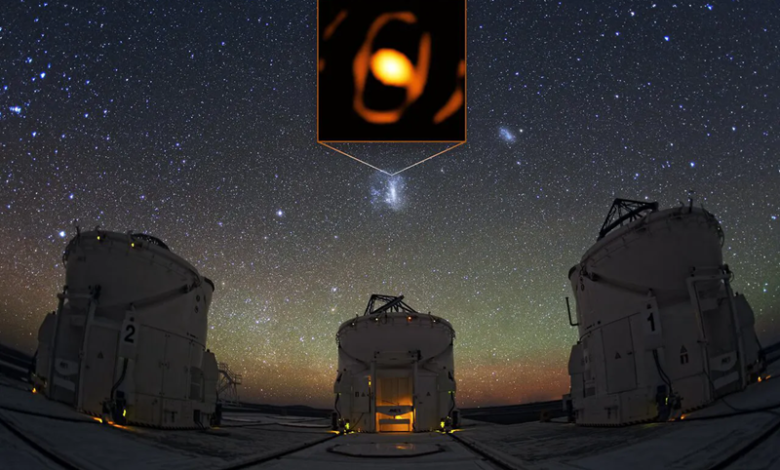What is WOH G64, the dying star located outside our galaxy

The uncommon achievement of obtaining a close-up view of a star 2,000 times the mass of the Sun and located 1,60,000 light-years from our galaxy has been accomplished by scientists. Some important facts about the fading star’s activity and surrounding layers are revealed by the first-ever, extreme close-up.
The Very Large Telescope Interferometer (VLTI) of the European Southern Observatory (ESO) has captured remarkably sharp images of the enormous star, known as WOH G64. According to the most recent image, the star is emitting gas and dust, indicating that it is nearing the end of its life and will eventually explode violently to form a supernova.
Talking about the new feat, Keiichi Ohnaka, an astrophysicist from Universidad Andres Bello in Chile, said, “For the first time, we have succeeded in taking a zoomed-in image of a dying star in a galaxy outside our own Milky Way.” Ohnaka, who led the study, said that his team discovered ‘an egg-shaped cocoon’ closely surrounding the star.
Ohnaka’s team’s observations were included in a study that was published in Astronomy and Astrophysics. The most recent finding is significant because, although scientists have been capturing comprehensive photographs of the galaxy’s stars to disclose their characteristics, many other stars are located in galaxies that are very far away. A significant advancement is the detailed observation of one such star.
The Large Magellanic Cloud, a dwarf or satellite galaxy that circles our Milky Way—one of the nearest galaxies to Earth—is home to the big star WOH 64. Olander, Hedin, and Bengt Westerlunds made the discovery in the 1970s. It should be noted that the abbreviation for the names of its three discoverers is WOH. The estimated distance between Earth and the star is 1,60,000 light years. Given its size—roughly 2,000 times that of the Sun—the star is categorized as a red supergiant.
For years, Ohnaka’s staff has been keeping a careful eye on the massive star. The scientists reportedly employed ESO’s VLTI in Chile’s Atacama Desert in 2005 and 2007 to determine the star’s characteristics. They have been researching the star ever since. But up until now, they couldn’t get a real picture of it. The team had to wait for the creation of GRAVITY, a suite of second-generation VLTI sensors, in order to obtain an accurate image. The scientists discovered that the star had faded during the last ten years when comparing the new findings with earlier studies of the light.
The star has seen major changes over the past decade, according to George Weigelt, a co-author of the paper and astronomy professor at the Max Planck Institute for Radio Astronomy in Germany. In the last phases of their lives, red supergiants such as WOH G64 shed their outer layers, which are primarily composed of gas and dust. Thousands of years may pass throughout this procedure. According to Jacco van Loon, another co-author and the director of Keele Observatory at Keele University in the United Kingdom, “this star is one of the most extreme of its kind, and any drastic change may bring it closer to an explosive end.”






